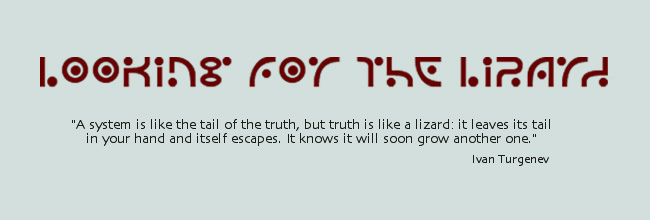
Wassily Kandinsky, Accompanied Contrast
Like most people, I suppose, I have had to work at understanding non-objective art – art with no immediate reference to natural objects – because it seemed to be without content, without a story to tell. Abstract art – the altering of recognizable images – is easier. But when I first saw reproductions of Kandinsky’s paintings, I just smiled. They made me happy. He pulled me in. So it was at the Guggenheim. I smiled all the way up the long spiral ramp as Kandinsky moved from abstraction to non-objectivism and developed his skill in making art that reflected his emotions and spirituality. Kandinsky made religious art. And being surrounded by nearly 100 of his paintings powerfully communicated to me both his spirit and His Spirit to mine.
Georgia O'Keeffe, Grey Blue and Black, Pink Circle
On to O’Keeffe. She was playing around with similar ideas in her art as Kandinsky, at about the same time. Her abstract and non-objective work uses curves and has a sensuous, soft, integrated look, whereas his are full of triangles and brightly colored blotches that seem almost antagonistic to each other. But they both were playing with color and form as expressions of their inner lives.
The work of Tobi Kahn was on exhibit at MOBIA. While not (yet) in the league of Kandinsky and O’Keeffe as a painter, still I saw more of the same – an exploration of the spiritual hidden in the material. MOBIA was a friendlier environment – no crowds to peer around, a smaller room, a place to sit and gaze. There I could imagine Kahn’s work surrounding me in a church (it was actually made for a synagogue) and living with it week in, week out, like those stained glass windows from my childhood.
These exhibits were all, to me, an “aroma of Christ,” even a feast. The art and its artful placement created holy places, sanctuaries from the American "real world" that no place represents better than New York.
That's why I care so much about bringing the visual arts into the church.



No comments:
Post a Comment